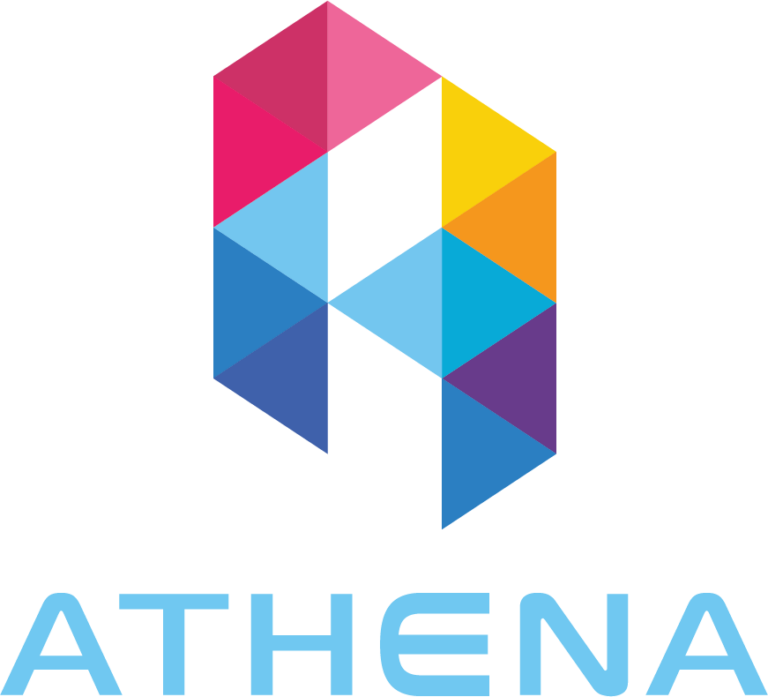Choosing the Right Trading Platform for Your Business: A Comprehensive Guide
The trading platform you choose is the backbone of your brokerage business. It directly influences user experience, operational efficiency, and overall success. With a wide array of platforms available, selecting the right one requires careful consideration of your business goals, client needs, and market trends. This guide provides a comprehensive overview of key factors to consider when choosing the ideal trading platform for your business.
Why the Right Trading Platform Matters
- Client Retention: A user-friendly platform enhances trader satisfaction and loyalty.
- Operational Efficiency: Integrated features streamline backend processes and reduce administrative workload.
- Market Competitiveness: Advanced tools and features attract a broader client base.
Example: A Forex brokerage using a platform with real-time execution, customizable charts, and seamless mobile access will outperform competitors relying on outdated systems.
Key Factors to Consider When Choosing a Trading Platform
1. Ease of Use
A platform must be intuitive and user-friendly, catering to both novice and experienced traders.
Features to Look For:
- Simple account setup and navigation.
- Customizable dashboards for personalized experiences.
- Interactive tutorials for new users.
Tip: Test the platform’s interface with different user personas to ensure universal accessibility.
2. Supported Markets and Instruments
The platform should align with the markets and instruments your brokerage offers.
Checklist:
- Does the platform support Forex, stocks, cryptocurrencies, commodities, or indices?
- Can you add new asset classes as your business expands?
Example: A platform supporting both crypto and Forex trading appeals to clients seeking diversification.
3. Execution Speed and Reliability
Fast and reliable trade execution is critical for minimizing slippage and ensuring client satisfaction.
Questions to Ask:
- Does the platform offer real-time order execution?
- Can it handle high volumes during peak market activity?
Metric to Monitor: Look for platforms with an uptime of 99.9% or higher.
4. Customization and Branding
Your platform should reflect your brand identity and meet your unique operational needs.
Customizable Features:
- Logo, color schemes, and interface design.
- Trading tools and indicators specific to your audience.
- Language options for global clients.
Example: A brokerage targeting Asian markets may prioritize language localization and culturally relevant design.
5. Regulatory Compliance
Ensure the platform supports compliance with local and international regulations.
Essential Features:
- Integrated KYC/AML processes.
- Secure data storage meeting GDPR or equivalent standards.
- Audit trails for regulatory reporting.
Impact: A compliant platform protects your business from legal risks and enhances credibility.
6. Security Features
Security is non-negotiable in the trading industry.
Must-Have Features:
- Two-factor authentication (2FA).
- End-to-end encryption for data and transactions.
- Regular penetration testing and system updates.
Tip: Check the platform’s history for security breaches or vulnerabilities.
7. Mobile Compatibility
With the rise of mobile trading, a responsive and fully functional mobile app is crucial.
What to Look For:
- Seamless syncing between desktop and mobile platforms.
- Optimized performance on both Android and iOS devices.
- Full access to trading tools and account management features.
Statistic: Over 60% of traders prefer platforms with mobile capabilities.
8. Integration with CRM and Payment Systems
Seamless integration with backend tools enhances efficiency and client management.
Integration Options:
- CRM systems for client onboarding and engagement.
- Payment gateways for deposits and withdrawals.
- Liquidity providers for seamless trade execution.
Outcome: Integrated systems reduce manual workloads and improve user satisfaction.
9. Cost and Pricing Models
Evaluate the platform’s pricing structure to ensure it aligns with your budget.
Common Models:
- Subscription-based fees.
- Revenue sharing (percentage of profits).
- One-time licensing costs.
Considerations: Weigh the upfront investment against long-term operational savings.
Popular Trading Platforms for Brokerages
- MetaTrader 4/5 (MT4/MT5)
- Pros: Widely used, extensive tools, and third-party integrations.
- Best For: Forex and CFD brokers.
- cTrader
- Pros: Modern interface, robust charting tools, and algorithmic trading support.
- Best For: Brokers targeting advanced traders.
- TradingView
- Pros: Social trading features and advanced charting capabilities.
- Best For: Brokers offering multi-asset trading.
- Custom Solutions
- Pros: Fully tailored to your business needs.
- Best For: Large brokerages with specific requirements.
Steps to Choose the Right Platform
- Identify Business Needs
- Define your target audience, market focus, and operational goals.
- Research and Compare Options
- Evaluate platforms based on features, pricing, and reviews.
- Request a Demo
- Test usability, customization, and integration capabilities.
- Consult Stakeholders
- Gather feedback from traders, IT teams, and compliance officers.
- Plan for Scalability
- Choose a platform that can grow with your business.
Future Trends in Trading Platforms
1. AI and Machine Learning
- Predictive analytics for market trends.
- Smart assistants to enhance user experience.
2. Blockchain Integration
- Transparent and tamper-proof transaction records.
3. Social Trading Features
- Enhanced community engagement and collaborative trading.
4. Advanced Risk Management Tools
- Real-time monitoring and adaptive algorithms.


